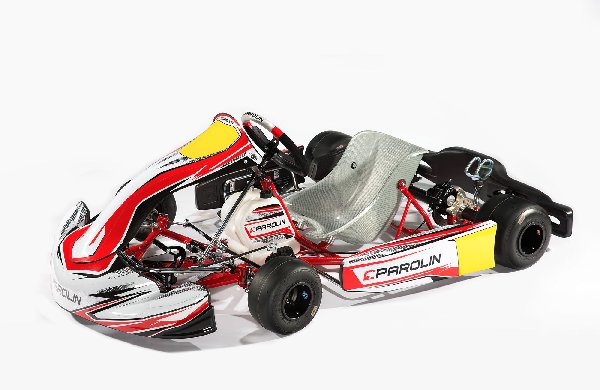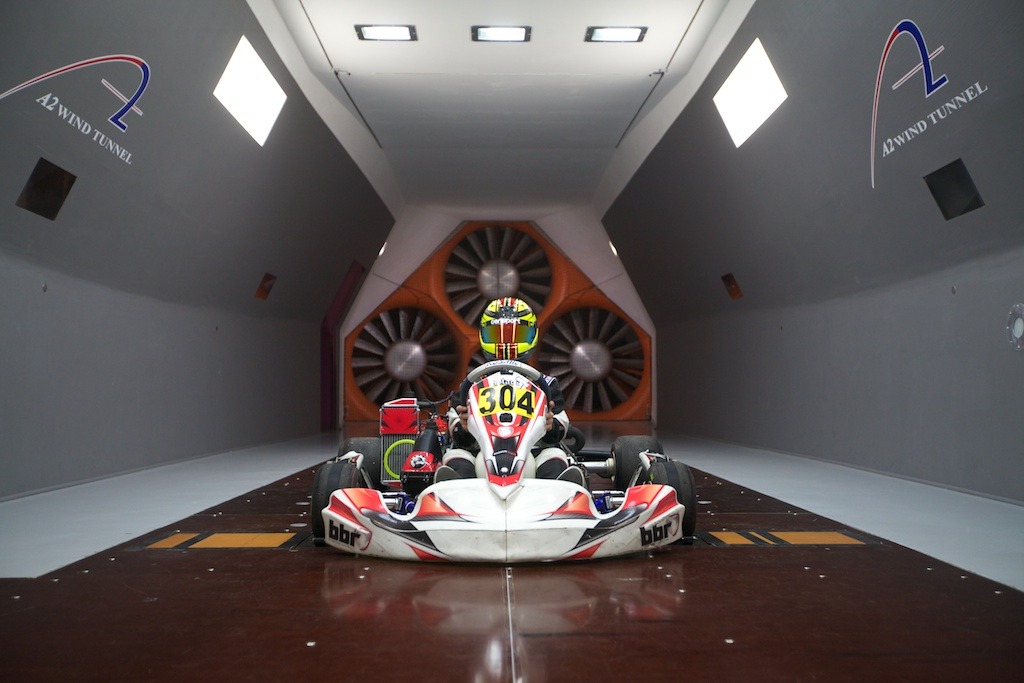I’m an engineering student…
What about kartkraft? They must have modelled the ones they have from somewhere.
scientific study at this link.
“Aerodynamic drag in cycling team time trials - ScienceDirect” https://www.sciencedirect.com/science/article/pii/S0167610518306755
PS. I’m a semi pro cyclist.
Also any aerodynamins gains from kart body work would be minimal. They are flimsy as s###. For aero to work you need total stiffness like carbon fibre.
I stand corrected. 
Prettier, neater looking, better lines. It can’t be because they perform better-
In a sprint application I would be willing to bet the results are negligible. But in a road racing application I would put money on body work making a actual difference. Especially for the drivers that are taller/wider than average. At the end of the day unless someone puts the various body work into a tunnel its all just conjecture.
My aero nerd self chose dynamica body work because it looks good and has the potential to actually make a difference. Does it? Probably not. Maybe one day ill get super bored and do a tuft test with the body work/me and see what it shows and get it on camera.
That’s where I’m at.
Subjective.
Personally, I prefer the previous gen form.

But I like the Eurostar over the rest of the current generation.

Not sure how the aero of a TTT relates to kart bodywork?
Carbon fiber can be built to flex and can still retain aero properties while flexed.

meaning bikes are extremely stiff and frames which are vital aero components have zero flex. Walk up to a wing on a racecar and you can practically jump on top of it without any flex.
Now push your index finger into a Nassau panel and the whole thing will be as soft as a sponge. Karts are literally bricks on wheels when it comes to aero.
As much as I love aero the last thing karting needs is aero wars.
I’ll try that out. Do you know what bodywork they are modeled after?
They’ve got CRG and I think the older KG model.
The CFRP structure designs utilize layers of bonded strands akin to a “weave” pattern, so the directionality of the rigidity & flexibility are kinematically distinct. Note that the 787 wing flexes vertically, not longitudinally. It’s a design tuned to be rigid & flexible where needed.
I doubt that ~85-90 mph in a sprint kart is going to generate enough wind resistance to cause any deformation in the polypropylene nose &/or nassau panels. Maybe not even 100-120 mph. I never noticed it watching 125cc shifters RR. If anything, the irregularities in the road surface do more to upset the bodywork than anything wind resistance could do at those speeds.
Perhaps ~150 mph in a 250cc RR would see some noticeable deflection/distortion & consequential increased drag, but I’m not sure.
I have a bunch of experience in both bicycles and motorsports and aero isn’t always solid or stiff. Aero works over all sorts of stiffness and material as long as it doesn’t flutter/vibrate and detach laminar flow.
In karting there are people taking good advantage of Aerodynamics and in classes like 206 its making a difference. MGM, I think in many ways has been leading this charge. They have done alot to take advantage of aero and with these long national venues they are cleaning up.
So this is what I’d do, assuming you have the access. And I’m stretching back 15 years to when I did this at university in matlab, so excuse my inaccuracies but…
- Get an LO206 chassis with pods that you can find a model for (from kartkraft or wherever)
- Find a runway, preferably a good smooth and level one.
- Do some coast down tests with and without the body work making sure you note the windspeed.
- Pulling this together should give your CoD
- Confirm your CoD matches that in the CFD model of the bodywork you got from Kartkraft or wherever
- Now you have a base to make some improved designs
- Make improved designs
- Sell improved designs, become millionaire
That last one might not happen…
What exactly is MGM doing other than using the existing 506/Eurostar combo that we’ve been using for a year and a half or so now?
What has MGM done? A few things that most people won’t notice. Also, note MGM bodywork is a bit more all over the place but they do some things pretty consistently.
-
They run much narrower in the pedal box which gives better aero penetration
-
They don’t usually run CIK rear bumpers which are aerodynamic bricks
-
They run Duro/NA2 sidepods or they run OTK M6 but not with FIA/CIK bars. The MGM bars are parallel at the panel not kicked out at the base so the lower bar is flat against the bodywork.
-
They run OTK M7/Parolin Dynamica Nose/Driver panel almost exclusively but they will add additional kick ups on the nose and usually you will find the driver panel is adhered to the front bumper. You will see the front duckbill pulled as well on the Parolin noses quite often to increase width and stop airflow down towards the chassis.
P.S. I have not seen MGM run 506 bodywork. Just FYI, given the pedal box they are correct to run the other 2 noses which help with flow around the tires/sidepods.
There are a few more things I have noticed them doing but that covers the large stuff.
Sounds like I could get them DQ at anything we have locally as we have to run homologated bodywork. Adding to body work is not legal.
I’ll say this again for those in back. Karting does not want aero wars unless they have large gaps in their available spending


